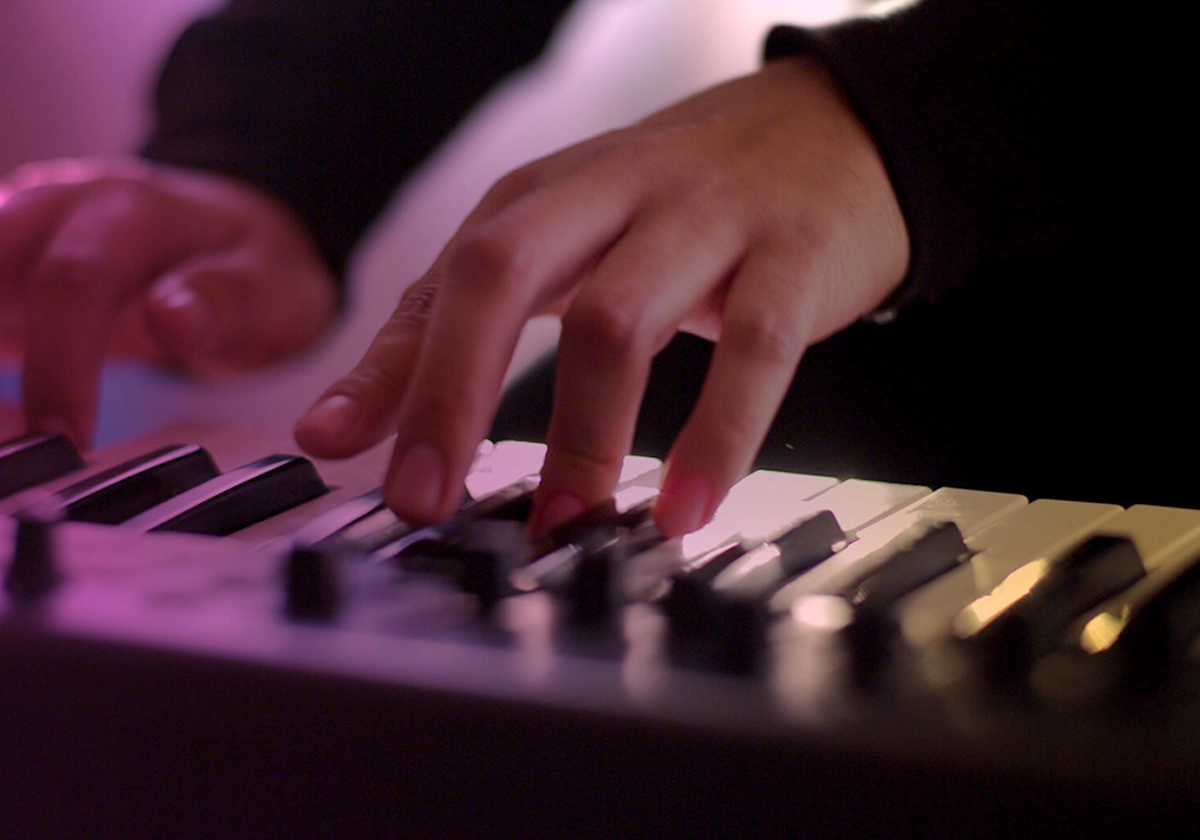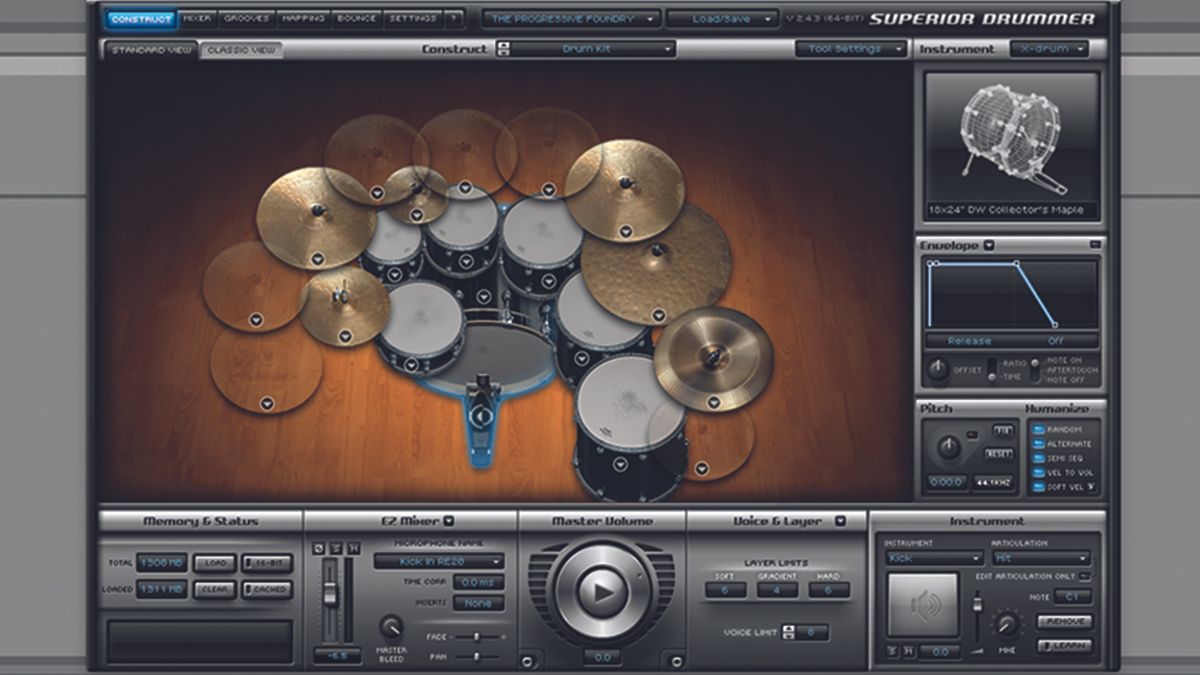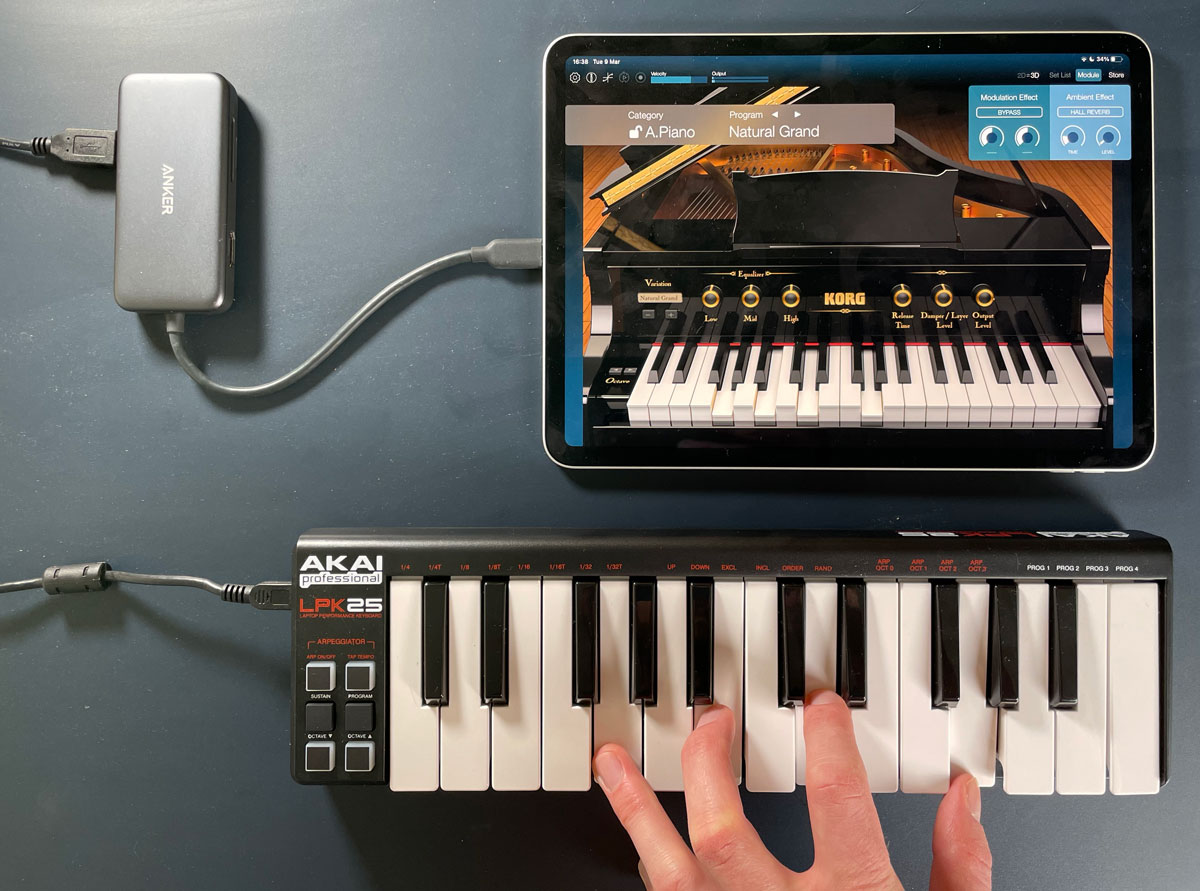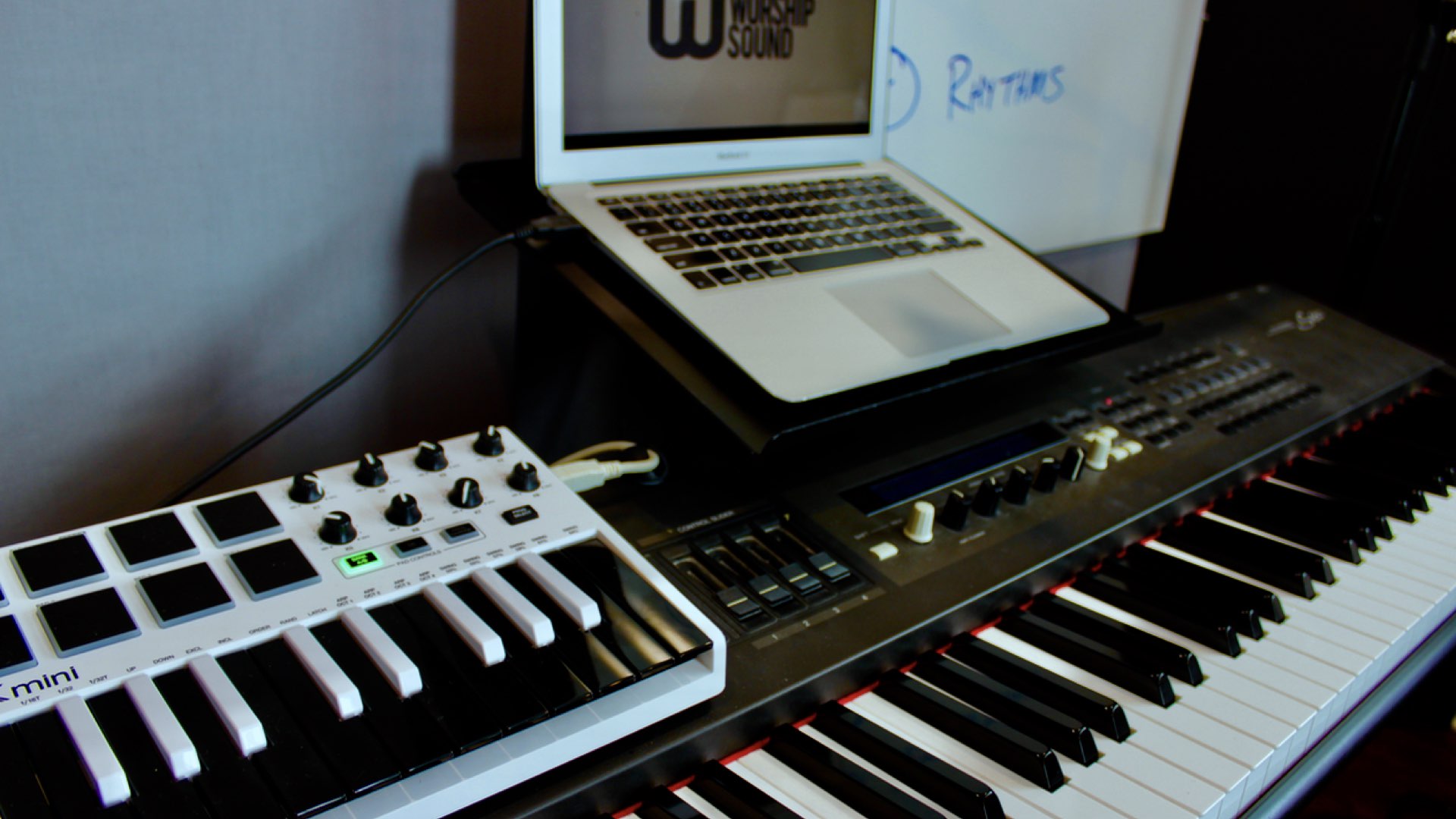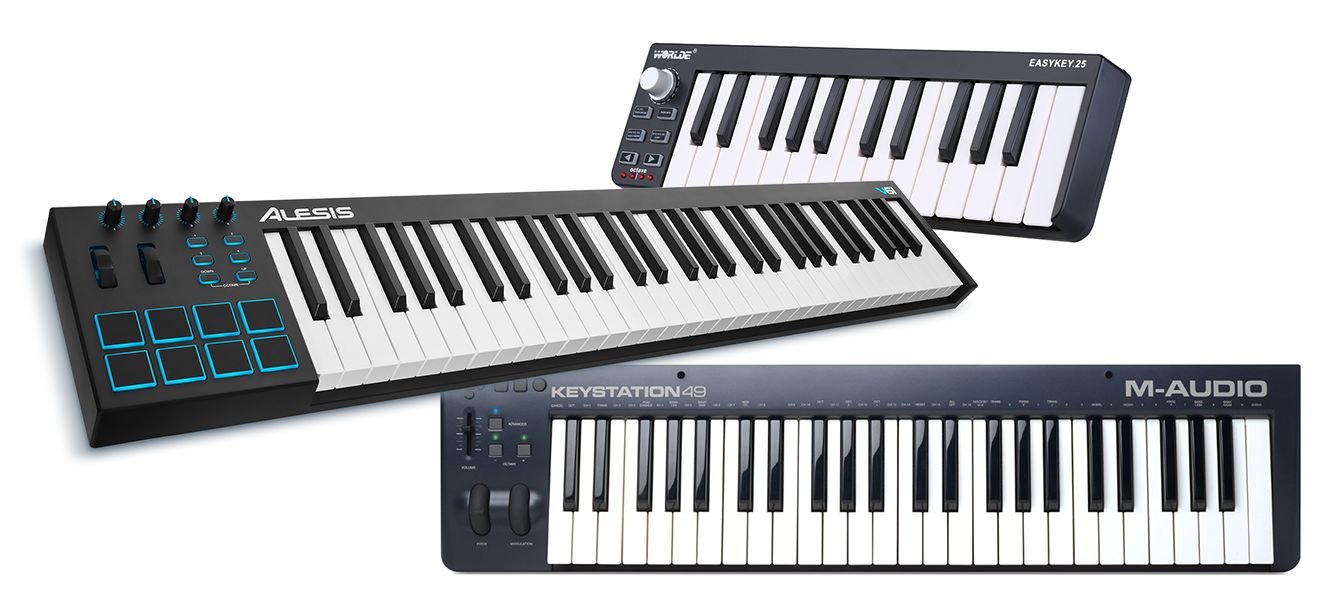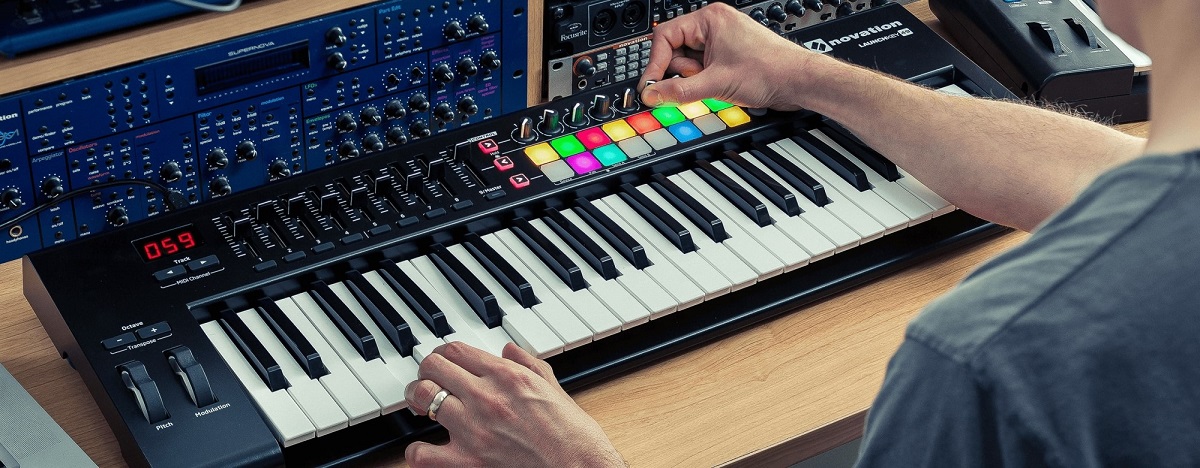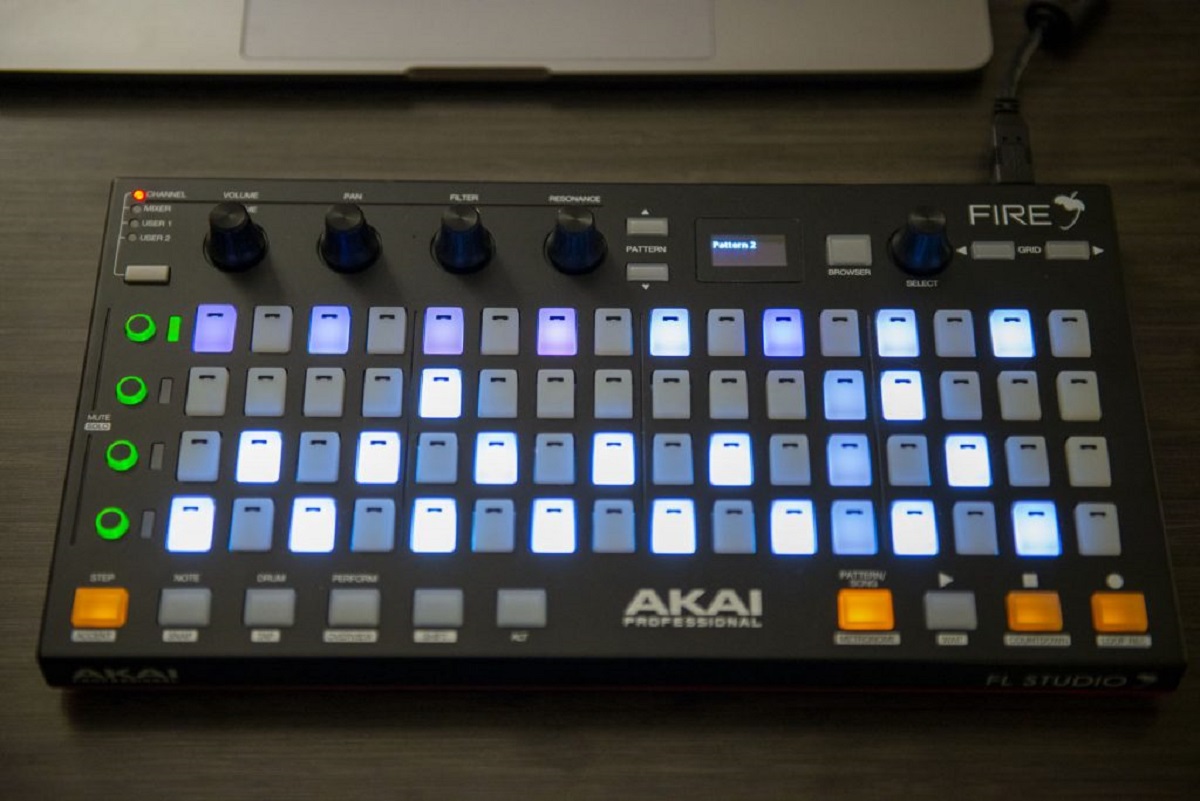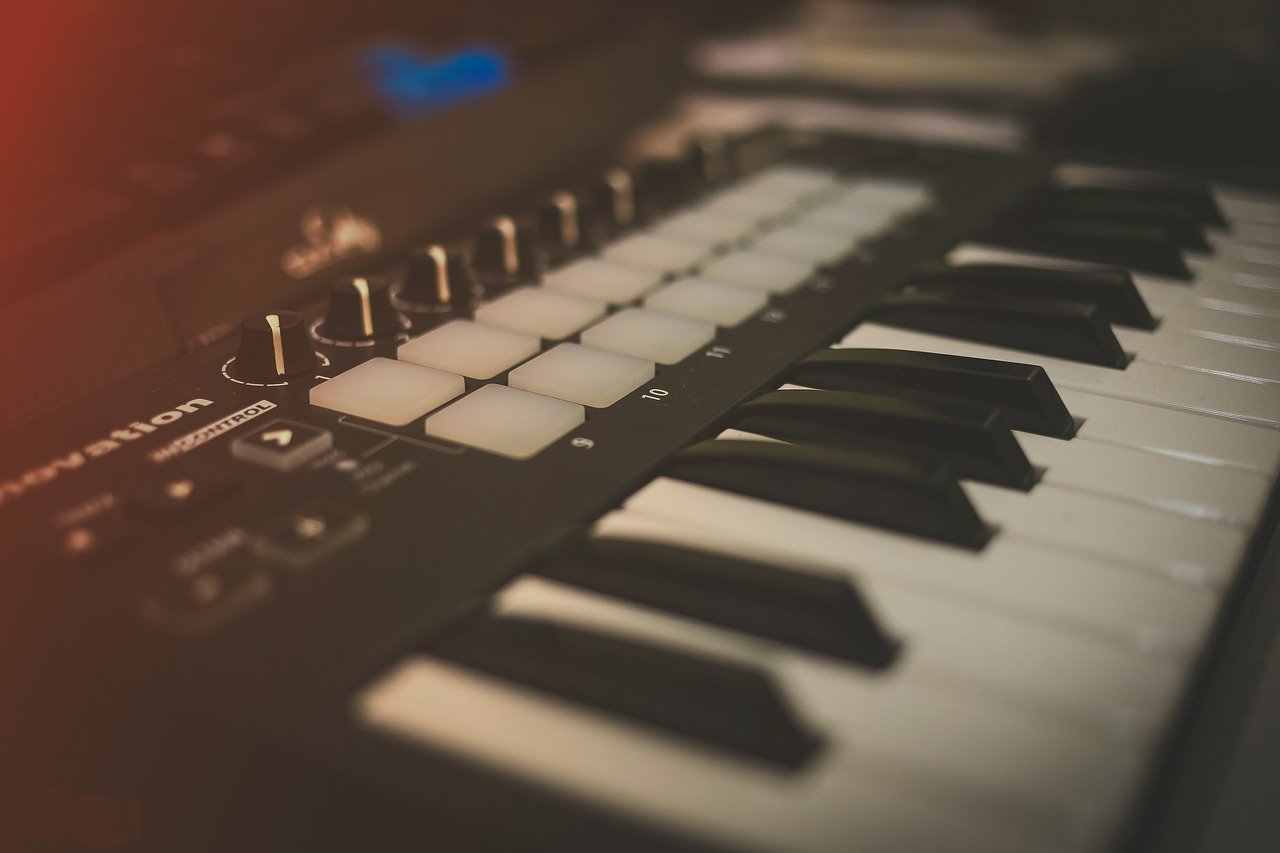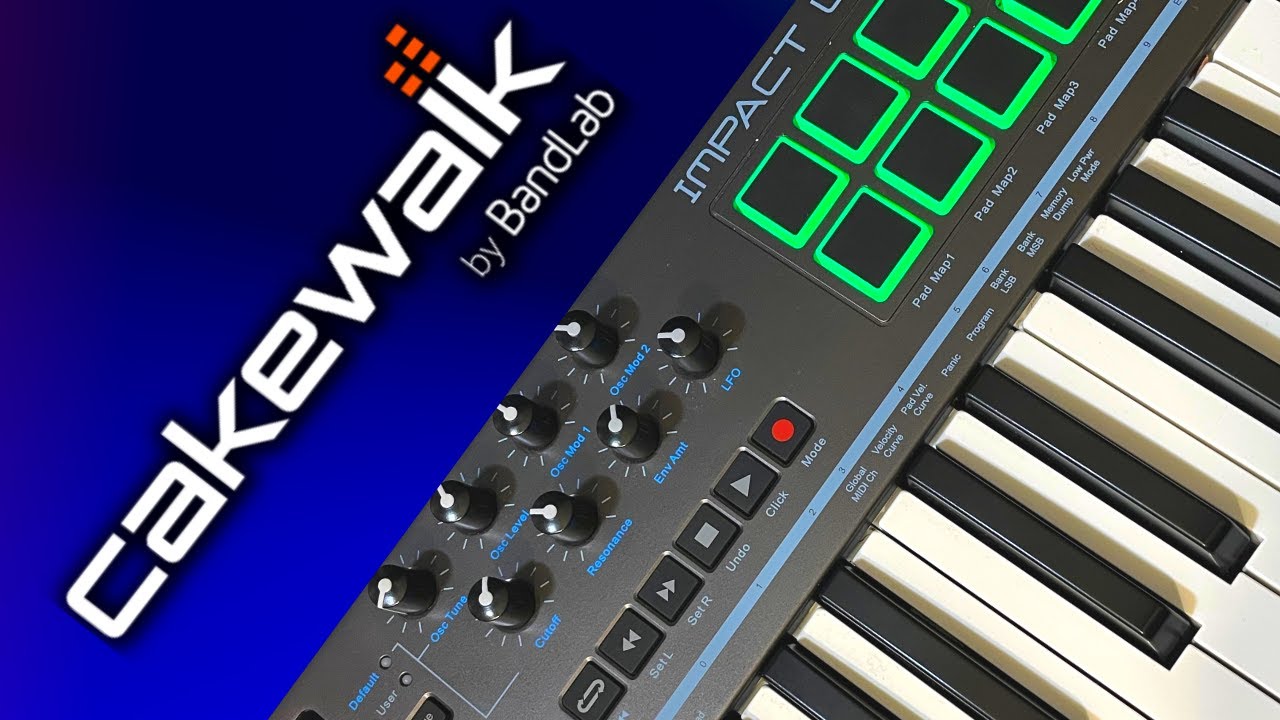**
Introduction
**
So, you've just purchased a MIDI keyboard and can't wait to start making music with it. However, you're not quite sure how to get it to play through your computer. Don't worry; you're in the right place. In this guide, we'll walk you through the process of connecting and setting up your MIDI keyboard to play through your digital audio workstation (DAW).
Whether you're a seasoned musician or a beginner looking to explore the world of music production, understanding how to integrate your MIDI keyboard with your computer is essential. MIDI keyboards offer a versatile and expressive way to create music, allowing you to harness the power of virtual instruments and software synths within your DAW.
By the end of this guide, you'll have a clear understanding of how to connect your MIDI keyboard to your computer, set it up in your DAW, and troubleshoot common issues that may arise along the way. So, let's dive in and unleash the full potential of your MIDI keyboard.
If you're ready to embark on this musical journey, let's start by understanding the fundamentals of MIDI keyboards and how they communicate with your computer and DAW.
**
Understanding MIDI Keyboards
**
Before delving into the technical aspects of connecting and setting up your MIDI keyboard, it’s essential to grasp the fundamental concepts behind MIDI (Musical Instrument Digital Interface) and how MIDI keyboards function.
MIDI is a universal protocol that enables electronic musical instruments, computers, and other devices to communicate with each other. MIDI keyboards, also known as MIDI controllers, are input devices that utilize this protocol to transmit musical data to a computer or external sound module. Unlike traditional keyboards, MIDI keyboards do not produce sound on their own; instead, they send a stream of MIDI messages, including note information, velocity, pitch bend, modulation, and more, to a connected device.
Most MIDI keyboards feature piano-style keys, velocity sensitivity, and additional controls such as knobs, sliders, and pads. These controls can be assigned to various parameters within a DAW, providing tactile and expressive manipulation of virtual instruments and effects. Furthermore, MIDI keyboards come in various sizes, from compact 25-key models to full-size 88-key controllers, catering to different playing preferences and space constraints.
Understanding the MIDI implementation of your keyboard is crucial for harnessing its full potential. MIDI keyboards may support different MIDI messages and modes, such as polyphonic aftertouch, channel aftertouch, and control change messages, offering a wide range of expressive capabilities. Additionally, some advanced MIDI keyboards incorporate features like automatic mapping for popular DAWs, allowing seamless integration and immediate control over essential functions without extensive manual setup.
By comprehending the underlying principles of MIDI and the capabilities of MIDI keyboards, you’ll be better equipped to unleash your creativity and maximize the musical possibilities offered by these versatile instruments.
Connecting Your MIDI Keyboard
Now that you have a good understanding of MIDI keyboards, it’s time to connect your device to your computer and prepare it for music production. The process involves a few simple steps, and once completed, you’ll be ready to start creating music with your MIDI keyboard.
1. USB Connection: Many modern MIDI keyboards feature USB connectivity, allowing for a straightforward plug-and-play setup. Simply connect the USB cable from your MIDI keyboard to an available USB port on your computer. Once connected, your computer should recognize the MIDI keyboard as a MIDI device, and you’ll be able to start using it with your preferred digital audio workstation (DAW).
2. MIDI Ports: If your MIDI keyboard does not have USB connectivity, it may feature traditional MIDI ports, including MIDI IN and MIDI OUT. In this case, you’ll need a MIDI interface to connect the keyboard to your computer. The MIDI OUT port on the keyboard should be connected to the MIDI IN port on the interface, and vice versa. Then, the MIDI interface can be connected to your computer via USB or MIDI, depending on the interface’s connectivity options.
3. Powering On: Once the physical connections are in place, power on your MIDI keyboard. Some keyboards may draw power directly from the computer via USB, while others may require an external power source. Ensure that your keyboard is receiving power and that it’s ready to communicate with your computer.
4. Driver Installation: For USB-connected MIDI keyboards, your computer may automatically install the necessary drivers. If not, you may need to download and install the drivers from the manufacturer’s website. This step ensures that your computer can effectively communicate with the MIDI keyboard and receive MIDI data.
By following these steps, you can establish a solid connection between your MIDI keyboard and your computer, setting the stage for the next phase: setting up your MIDI keyboard within your digital audio workstation.
Setting Up Your MIDI Keyboard in Your DAW
Once your MIDI keyboard is connected to your computer, the next crucial step is to set it up within your digital audio workstation (DAW). This process involves configuring the DAW to recognize and utilize the MIDI keyboard as a controller for virtual instruments and other software-based music tools.
1. DAW Selection: If you haven’t already chosen a DAW, now is the time to select one that aligns with your music production needs. Popular DAWs such as Ableton Live, FL Studio, Logic Pro, and Pro Tools offer comprehensive MIDI support and intuitive workflows for integrating MIDI controllers.
2. MIDI Device Configuration: In your DAW’s preferences or settings, navigate to the MIDI or controller setup section. Here, you can select your MIDI keyboard from the list of available MIDI devices. Ensure that the input and output settings are correctly configured to establish bidirectional communication between the DAW and the MIDI keyboard.
3. MIDI Mapping: Many DAWs provide flexible MIDI mapping capabilities, allowing you to assign the MIDI keyboard’s controls to various parameters within the software. This includes mapping keys to trigger specific notes, assigning knobs and sliders to control virtual instrument parameters, and configuring pads for launching clips or triggering samples.
4. Instrument Selection: With your MIDI keyboard successfully integrated into the DAW, you can now select and load virtual instruments or software synthesizers. These instruments can be played and controlled in real-time using the MIDI keyboard, leveraging its expressive capabilities to enhance the musical performance and production process.
5. Recording and Playback: Your MIDI keyboard enables you to record MIDI data directly into the DAW, capturing your musical ideas and performances as MIDI sequences. Additionally, you can play back MIDI tracks using the keyboard to audition and refine your compositions, leveraging its tactile interface for intuitive music creation.
By following these steps, you can seamlessly incorporate your MIDI keyboard into your DAW-based music production workflow, unlocking a world of creative possibilities and enhancing your musical expression.
Troubleshooting Common Issues
While setting up and using a MIDI keyboard with your computer and DAW can be a rewarding experience, it’s not uncommon to encounter technical challenges along the way. Understanding and addressing these common issues can help ensure a smooth and frustration-free music production process.
1. Driver Problems: If your MIDI keyboard is not recognized by your computer or DAW, it may be due to driver issues. Ensure that you have installed the latest drivers for your MIDI keyboard, and if necessary, check for firmware updates on the manufacturer’s website. Sometimes, simply reinstalling the drivers can resolve connectivity issues.
2. Incorrect MIDI Settings: In your DAW’s MIDI settings, verify that the input and output configurations match your MIDI keyboard’s specifications. Mismatched settings can lead to unresponsiveness or erratic behavior, so double-checking these configurations is essential for proper communication between the MIDI keyboard and the DAW.
3. Power and Connectivity: If your MIDI keyboard is not powering on or fails to establish a connection with your computer, inspect the power source, USB cable, or MIDI interface connections. Ensure that all physical connections are secure and that the MIDI keyboard is receiving power as expected.
4. Latency and Performance: Latency, the delay between pressing a key on the MIDI keyboard and hearing the sound, can be a common concern. Adjusting buffer settings in your DAW’s audio preferences can help minimize latency and optimize performance, providing a more responsive playing experience.
5. MIDI Signal Reception: If your MIDI keyboard is not triggering any sound in the DAW, check the MIDI signal reception by monitoring the MIDI input activity within the software. Troubleshoot potential issues with MIDI channels, note assignments, or MIDI thru settings to ensure that the DAW accurately receives and processes MIDI data from the keyboard.
By addressing these common issues proactively, you can troubleshoot technical hiccups and streamline the integration of your MIDI keyboard into your music production environment, allowing you to focus on creating and expressing your musical ideas without hindrance.
Conclusion
Congratulations! You’ve navigated through the process of understanding, connecting, and setting up your MIDI keyboard, paving the way for a seamless integration into your music production workflow. By comprehending the underlying concepts of MIDI and leveraging the expressive capabilities of your MIDI keyboard, you’ve unlocked a world of creative possibilities within your digital audio workstation (DAW).
As you embark on your musical journey with your MIDI keyboard, remember that experimentation and exploration are key components of the creative process. Your MIDI keyboard serves as a versatile tool for composing melodies, triggering samples, controlling virtual instruments, and capturing expressive performances—all within the digital realm of music production.
By addressing common troubleshooting issues and familiarizing yourself with the intricacies of MIDI communication, you’ve equipped yourself with the knowledge to overcome technical challenges and optimize the performance of your MIDI keyboard. This understanding empowers you to harness the full potential of your MIDI keyboard, transforming your musical ideas into polished productions with precision and finesse.
Whether you’re a seasoned producer, an aspiring musician, or a curious enthusiast, the integration of a MIDI keyboard into your music production setup opens doors to new sonic landscapes and innovative compositions. Embrace the tactile nature of your MIDI keyboard, experiment with different sounds and techniques, and let your creativity flow freely as you immerse yourself in the captivating world of MIDI-based music creation.
As you continue to refine your skills and expand your musical horizons, your MIDI keyboard will remain a steadfast companion, offering boundless opportunities for musical expression and artistic growth. Embrace the journey, embrace the music, and let your MIDI keyboard be the conduit through which your creative vision comes to life.







